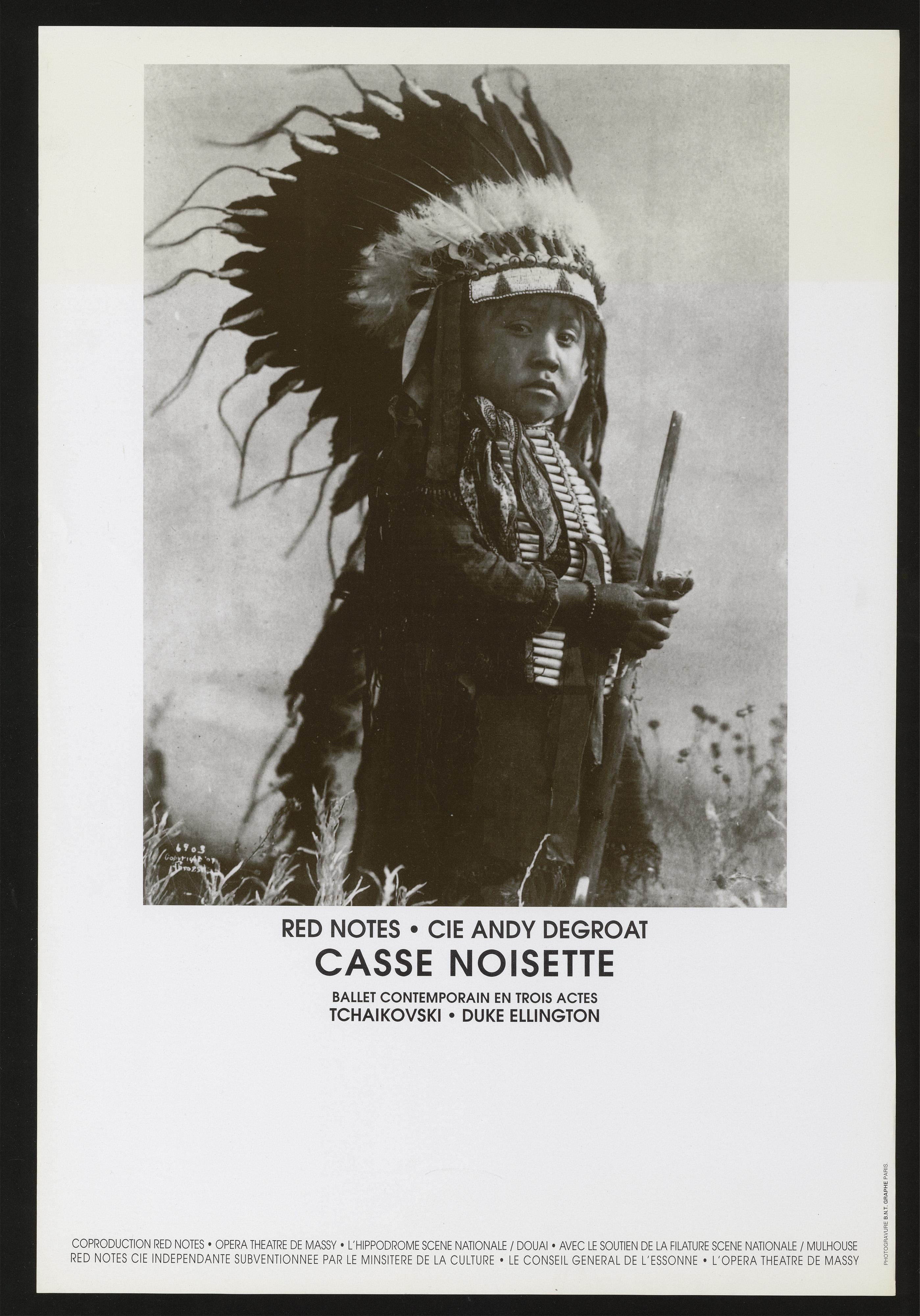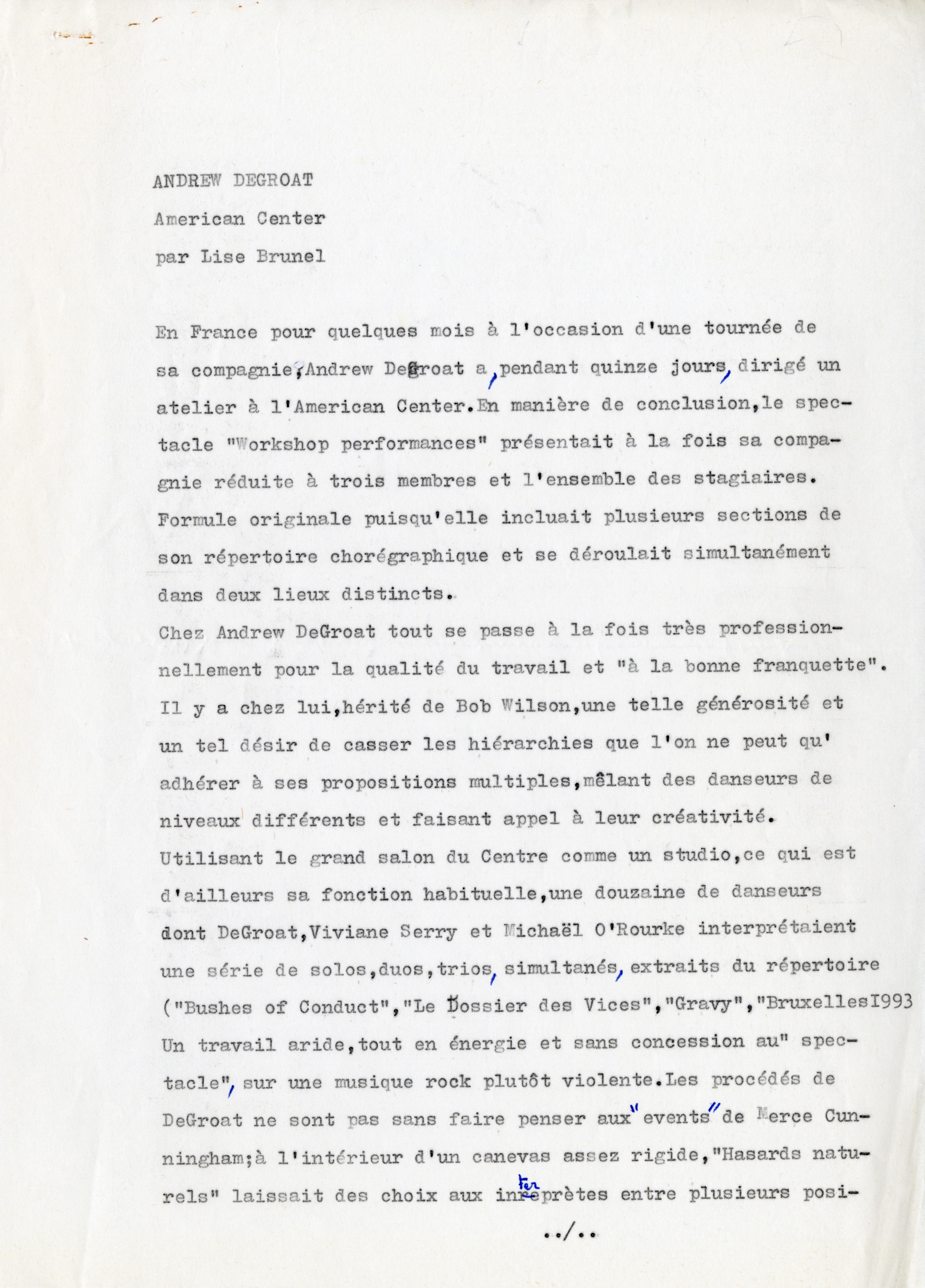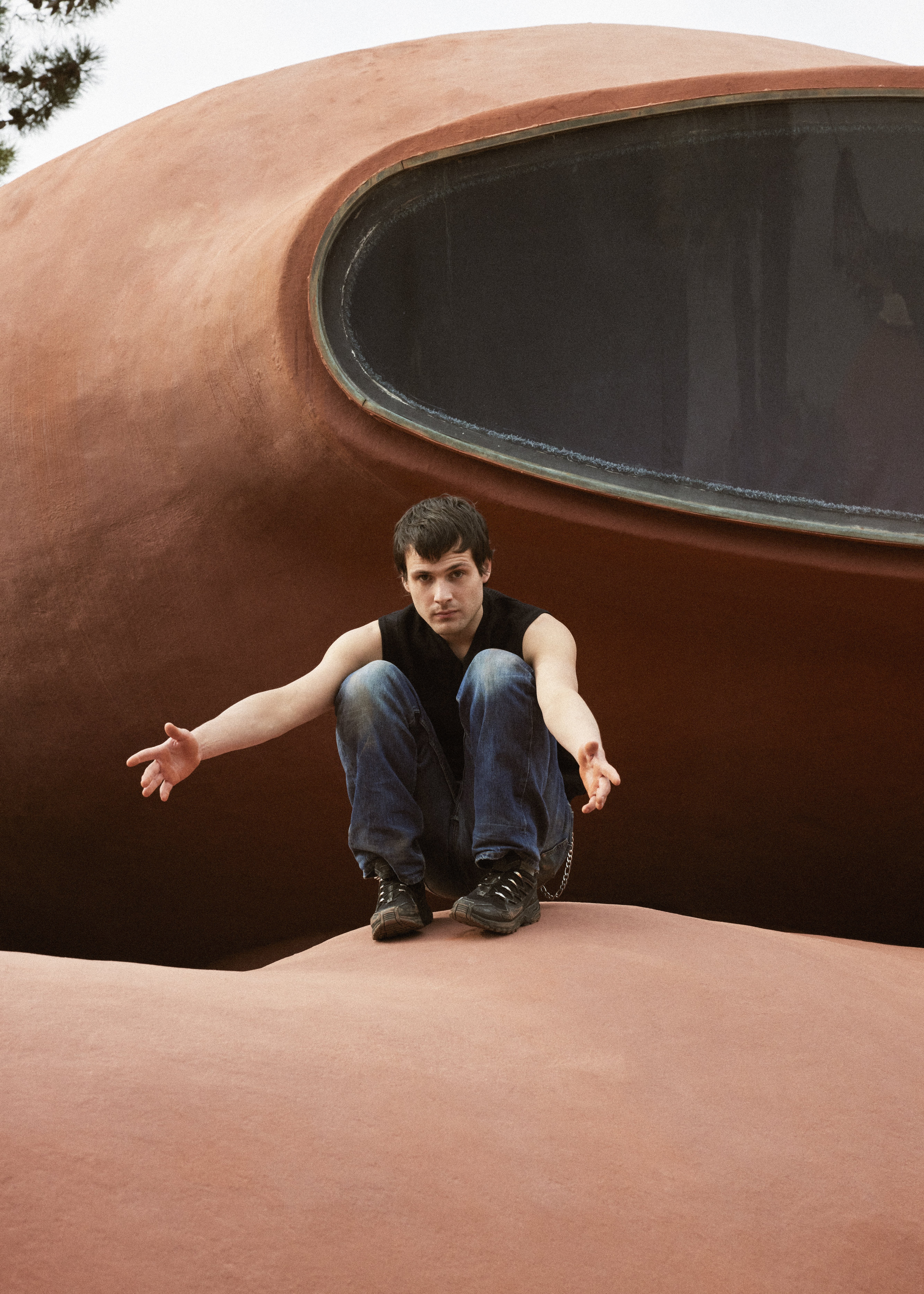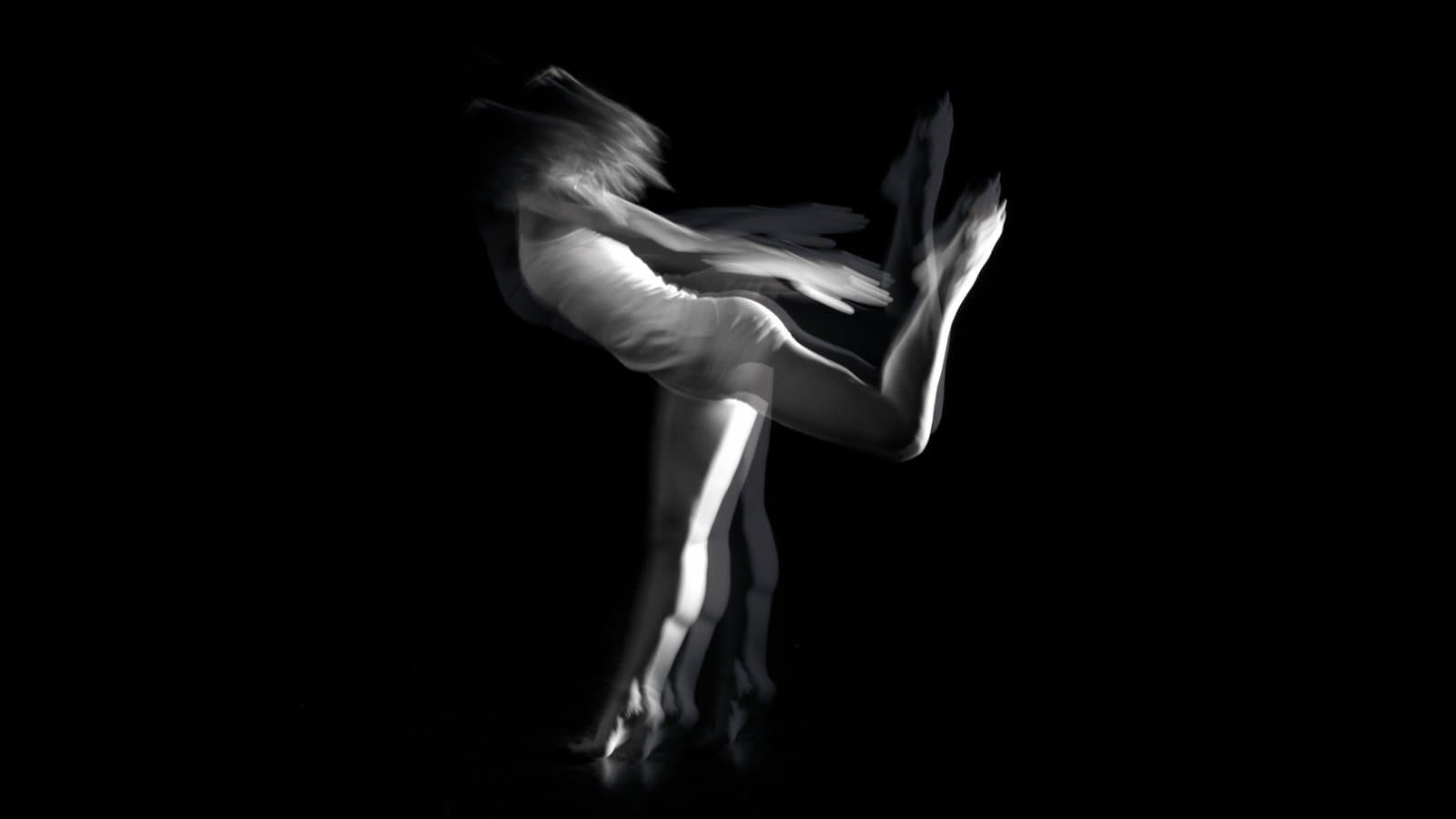A noble and wild character, "both funny and ferocious" according to some, a brilliant and confusing choreographer, demanding and even capricious for others, or "a knight with a never-weary anxiety" — Andy De Groat (1947-2019), the man as well as the artist, is difficult to grasp in a single phrase. Not because he is a being of synthesis, but, on the contrary, because, from whatever angle one wants to look at him — a feature, a facet, a piece, a memory left behind — immediately contradicts the idea one had of him, the color one attributed to him, the quality one found the most accurate to define him.
This is because Andy De Groat knew how to be — was, contradictorily — several beings at the same time: fascinated by the classical repertoire and also savoring the baroque imagination or certain modern radicalities; alternately minimalist and flamboyant; almost lyrical here and there, displaying himself in abstraction; obliged in some works by constraints due to combinations and elsewhere, he was constrained by a narrative or the features of various characters.
For the creator, director of bodies but also of "ideas" — in a Mallarméan way, textual sources and iconographic sources, the ideal of a sophisticated, irreducible poetics, and the taste of a generous and playful fantasy — the search for form and the temptation of commentary, have converged. Of the man, one could know passion or indifference, tenderness or anger, the humility of a wise child, and the moods of a spoiled one, melancholy and sarcasm.
Laurent Sebillotte


















